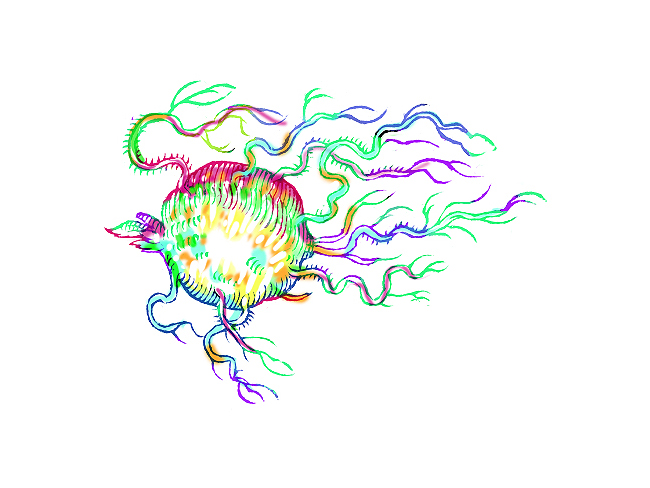
|
A walrus called Lolita Two Swiss artists pay tribute to a tusked relic, giving it roots, a name, and a history By F. SAMANIEGO, Madrid, 2003 Strange as it may seem, traveling walruses have a strong literary tradition, with imaginary journeys featured in the writings of authors such as Rodrigo Fresán, Rosa Regás, Pilar Campos and Pedro Molina Tembour. And it's these fictional accounts that in part inspired two 30-something Swedish artists to dust off a stuffed walrus from the vaults of the Madrid national sciences museum and make it the centerpiece of an installation at La Casa Encendida, part of Arco 2003. 'When this walrus was murdered, live walruses still outnumbered cars,' say Gerda Steiner and Jörg Lenzlinger, creators of the installation Cómo llegó la morsa a Madrid (How the walrus came to Madrid.) The walrus, from Norway's Cap Nord, had been in the museum since it was donated to it in 1911 by Joaquín Santos-Suárez, and there it was found by the two artists who named it Lolita. 'The use of the walrus is not an artistic provocation; what we are looking for is a connection between the elements of life, with animals and plants, and their spirits,' the artists said at the exhibition launch. The duo explore the gap between still and real life, in the creation of spaces out of context. The finned carnivore, with a small round head, tiny eyes and long tusks, is situated as if on an altar, with frescoes of lichen, fungi and moss, surrounded by fishbowls of salt water, mechanics' gloves, potted orchids and whistles hanging from the ceiling. On the floor are almond branches and three illuminated trap-doors, full of objects. The vegetables grow, and the salt water turns into stalactites on the tips of the gloves. A soundscape evokes the voyage from the Arctic to the South, together with Madrid traffic. The artists have been in Madrid since Christmas. After finding the motif for their installation, they made a working trip from Almería to Madrid, harvesting found objects en route, as well as plants from the 'torture garden' of El Ejido (a swipe at Almería's intensive agricultural industry run on cheap immigrant labor) and objects from Chinese five-and-dime shops. The artists have set up three altars to the walrus, identifiable by disparate objects — a tin of clams evokes the walrus's diet of mollusks and crustaceans, for example. As the artists explain, in Haiti the walrus is worshipped as bringing home lost relatives and friends; in Bulgaria, for preventing toothache, while in Morocco it is honored for bringing money and plenty. 'The walrus is a little-known animal seldom seen alive, so it lends itself to stories and fantasies,' say the artists, who included passages from Regás and other writers in the exhibition catalogue. 'When we saw it in the museum we fell in love with it, and it was calling for us to set it free. So we decided to take it out of the museum and invent stories, so it would have roots, and its own story. It's also a celebration of the wealth and biodiversity of the world.' After Madrid, the duo will take part in the next Venice Biennale with an installation in a church. |